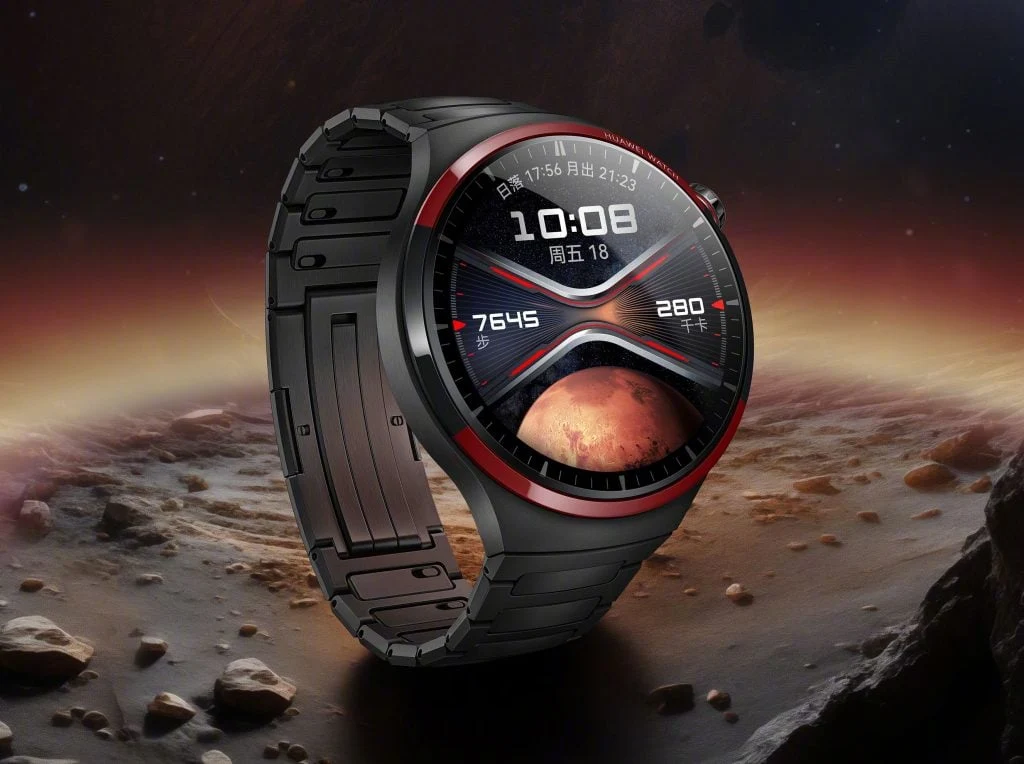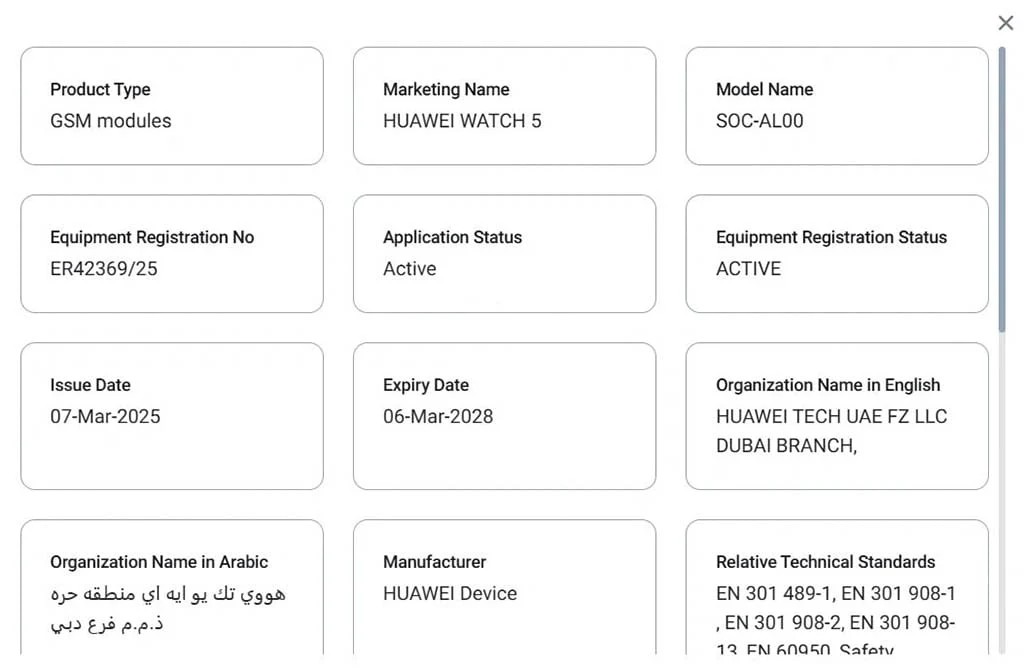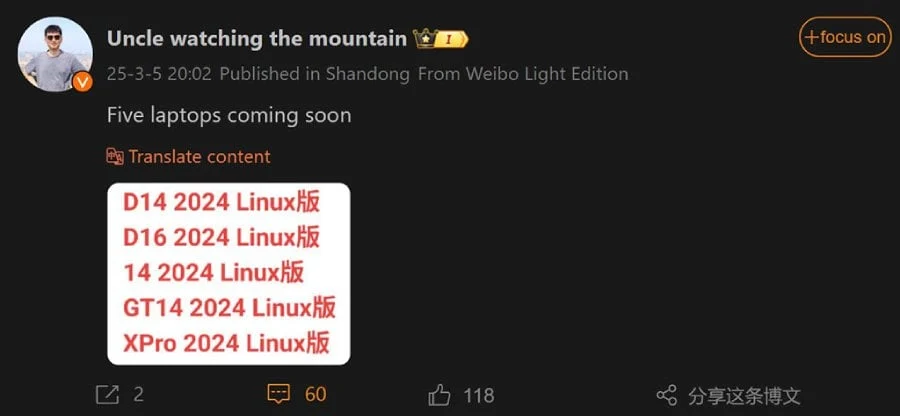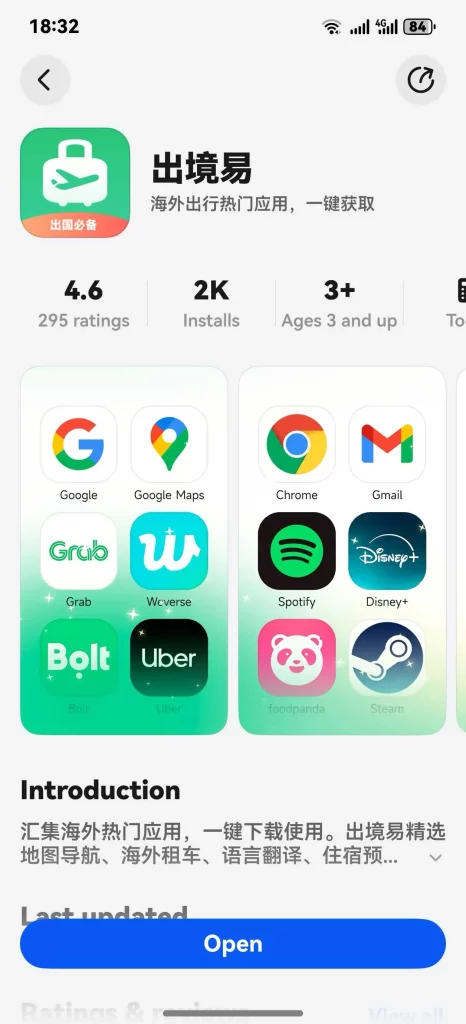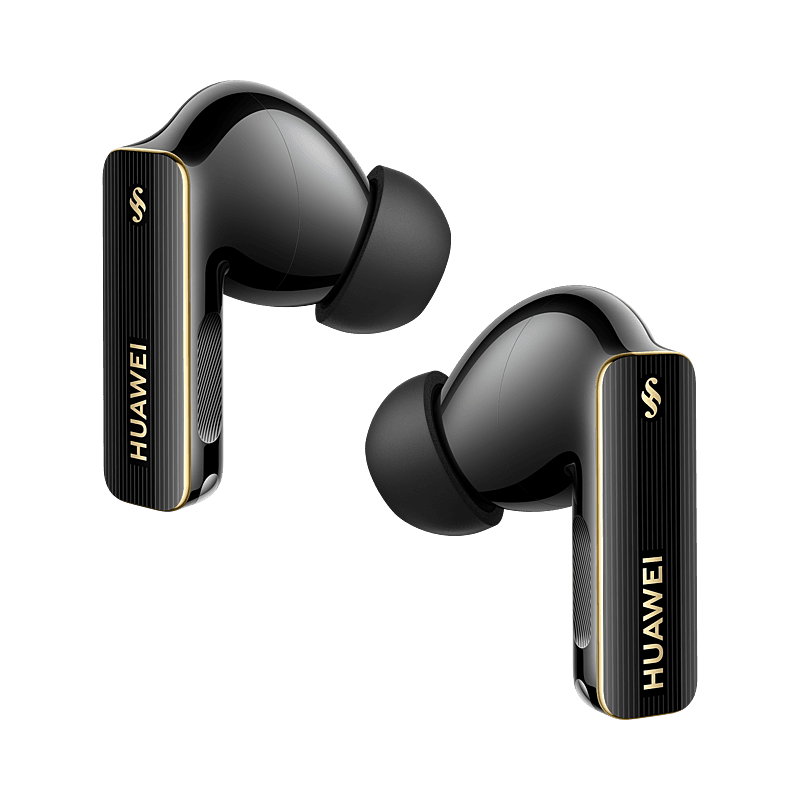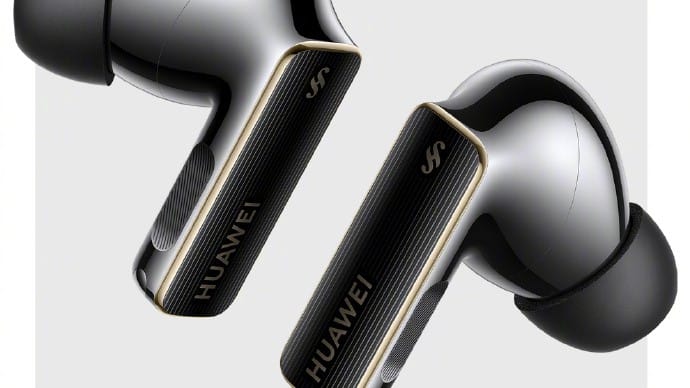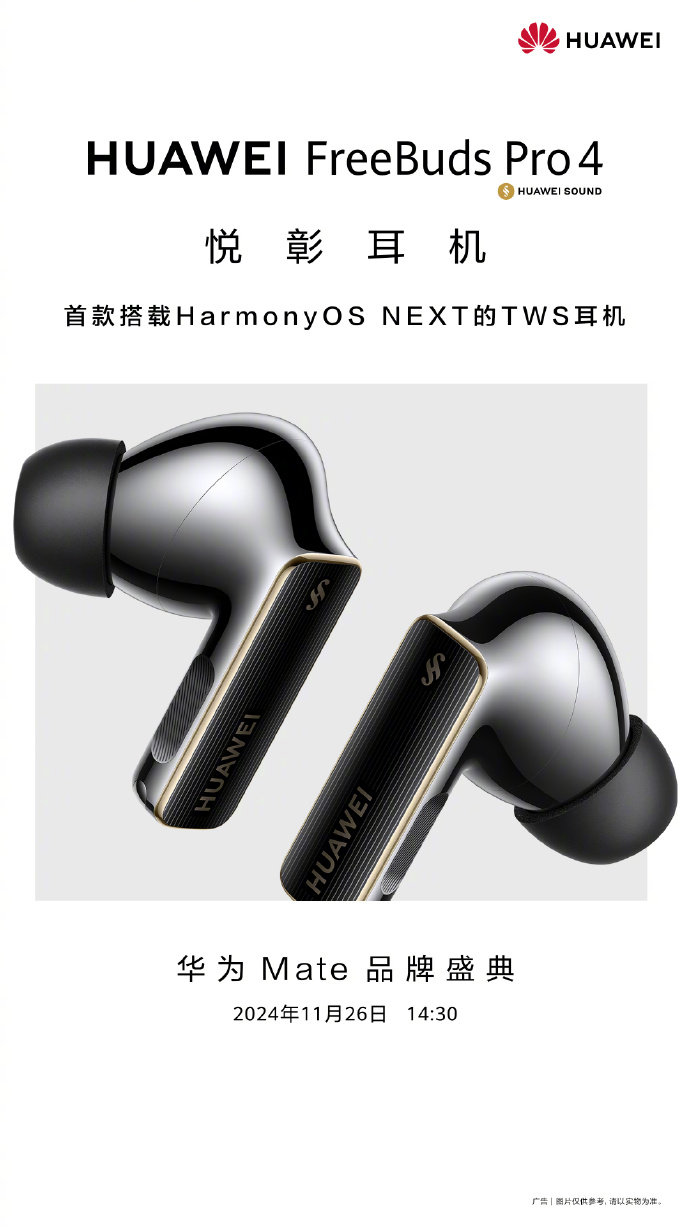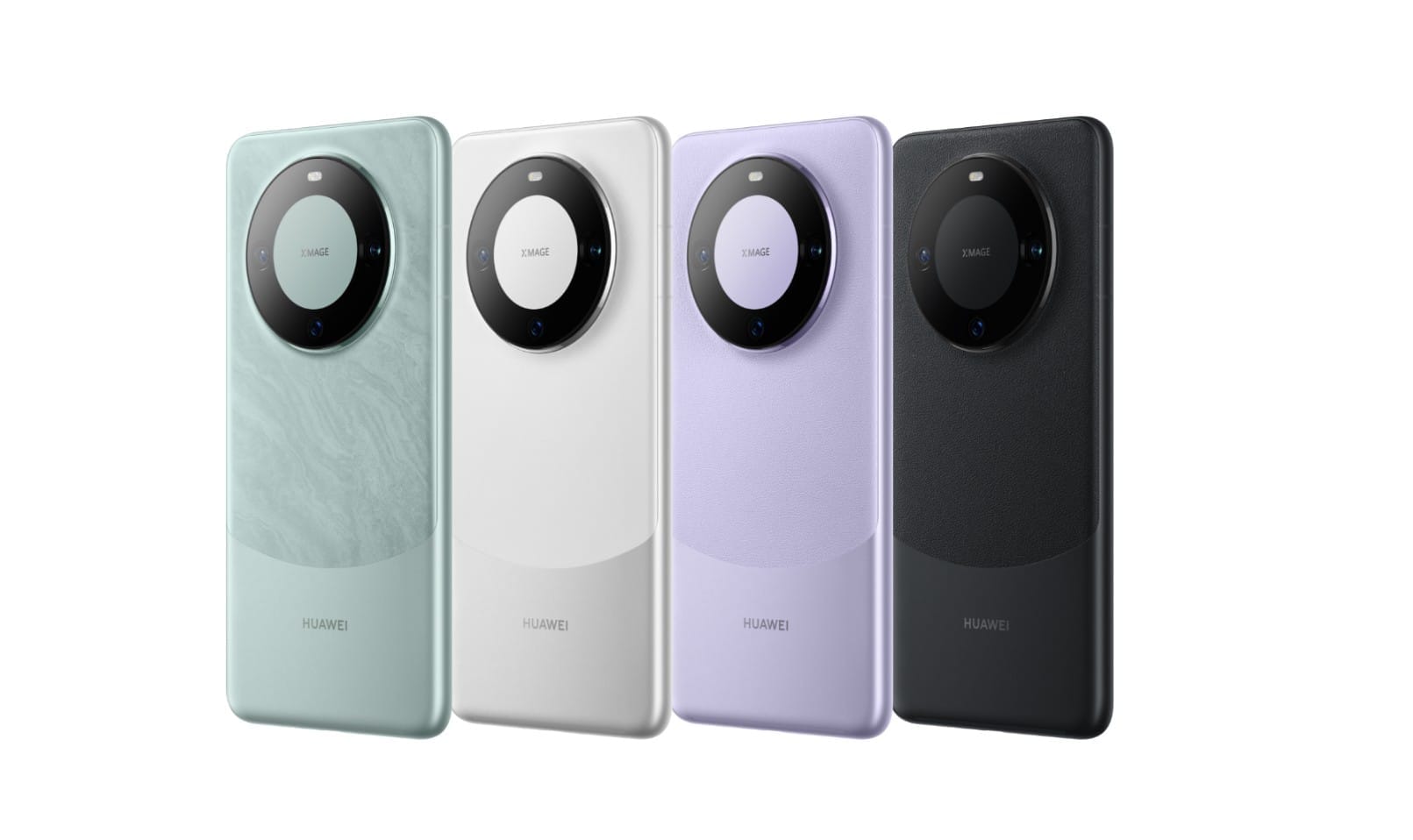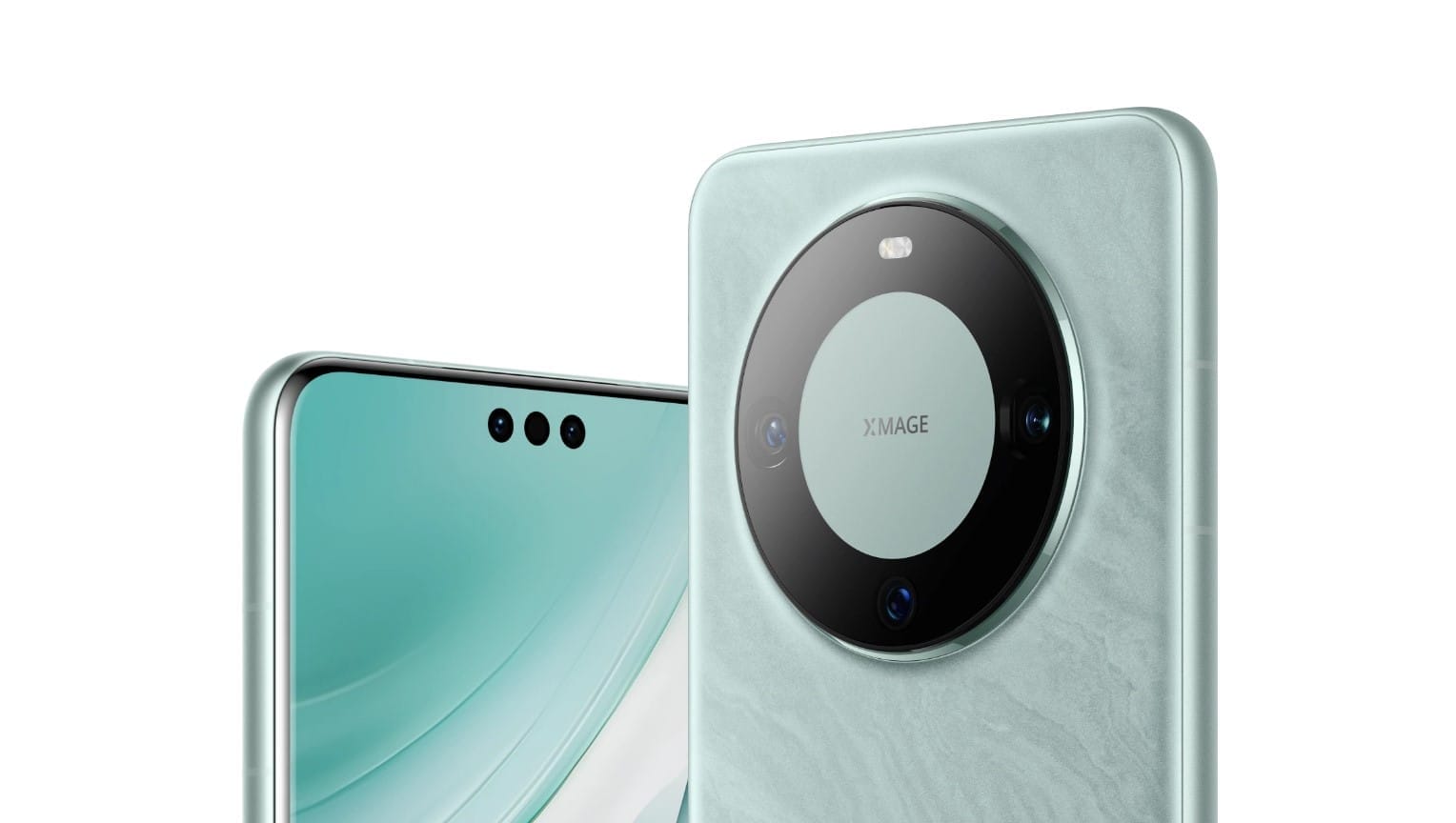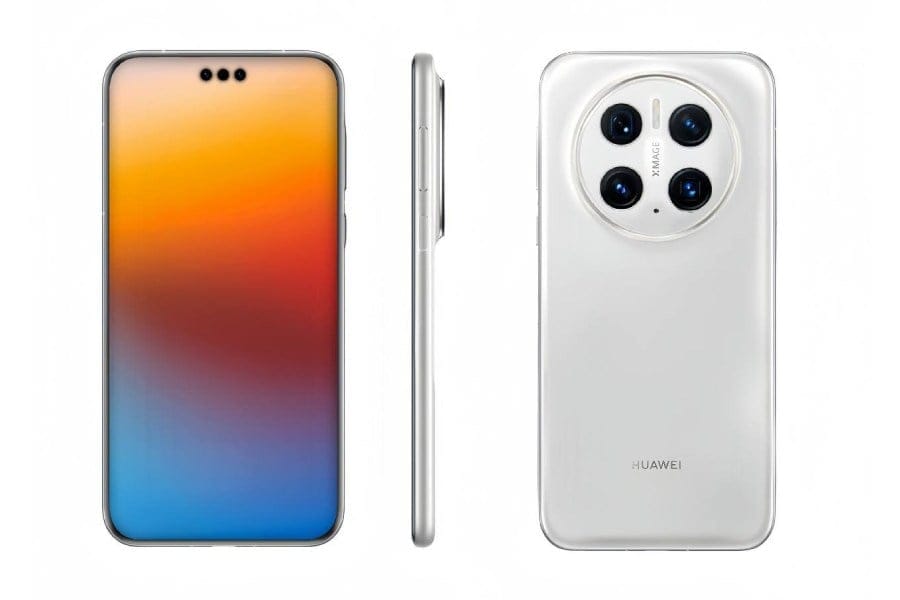Key Takeaways
1. Huawei is developing the Pura 80 series of high-end smartphones for the Chinese market, with the Pura 80 Pro as a key model.
2. The Pura 80 Pro is rumored to feature a 6.78-inch 1.5K LTPO OLED flat display, marking a shift from previous curved designs.
3. The smartphone is expected to have a sophisticated camera setup, including a 50-megapixel 1-inch primary sensor, a 50-megapixel ultra-wide lens, and a 50-megapixel periscope telephoto macro camera.
4. All cameras are believed to use a custom RYYB color filter to enhance low-light performance by increasing light intake by 40%.
5. The Pura 80 series may launch in the second quarter of this year, coinciding with Huawei’s announcement of a new foldable smartphone on March 20.
Several reports suggest that Huawei is developing the Pura 80 series of high-end smartphones specifically for the Chinese market. Recently, a well-known tipster, Digital Chat Station, disclosed information about an engineering prototype thought to be the Huawei Pura 80 Pro. According to the leak, this model will come with a flat display and a sophisticated camera setup.
Huawei Pura 80 Pro Specifications (Rumored)
Details from the leak indicate that the Huawei Pura 80 Pro is undergoing tests with a 6.78-inch 1.5K LTPO OLED screen, which boasts a 2.5D flat design and very slim bezels. This change represents a departure from the curved displays seen in previous models. It is anticipated that the device will launch with HarmonyOS Next.
Camera Features and Enhancements
Moreover, the leaker mentions that the Pura 80 Pro is equipped with a 50-megapixel 1-inch Sony IMX989 primary sensor that has a variable aperture. If this information is accurate, the Pura 80 Pro would be one of the rare Pro-tier devices featuring a 1-inch sensor, as this characteristic is usually reserved for Ultra models by many brands.
The primary camera will be paired with a 50-megapixel ultra-wide angle lens and a 50-megapixel periscope telephoto macro camera. All three sensors are believed to utilize a custom RYYB color filter, which is said to boost low-light performance by enhancing light intake by as much as 40 percent.
Expected Launch Timeline
DCS also revealed that the Huawei Pura 80 series may debut in the second quarter of this year. While he provided insights into the specifications of the Pura 80 Pro’s engineering prototype, he noted that these details have yet to be finalized.
Additionally, Huawei is set to host a launch event today (March 20) to present a new foldable smartphone featuring an unusual screen aspect ratio of 16:10. Although the name of the device remains undisclosed, it is anticipated to be the first device to come with HarmonyOS Next pre-installed.


